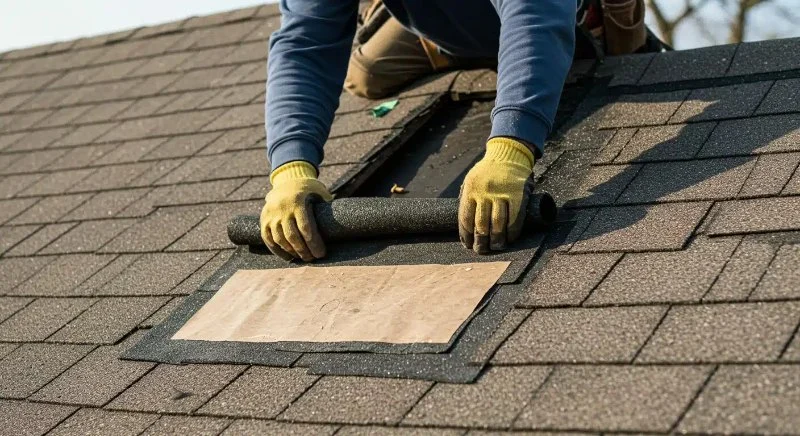
- 1 - Understanding Recycled Material Roofs
- 2 - Common Causes of Roof Leaks in Recycled Material Roofs
- 3 - Step-by-Step Guide to Repairing Roof Leaks in Recycled Material Roofs
- 4 - Tips for Preventing Future Roof Leaks
- 5 - Why Use Recycled Material Roofs and Their Benefits
1. Understanding Recycled Material Roofs
Recycled material roofs are a sustainable and eco-friendly roofing solution that is becoming increasingly popular in both residential and commercial buildings. These roofs use materials like recycled rubber, plastic, and even metal to create a durable and environmentally conscious roofing system.
One of the main advantages of recycled material roofs is their ability to reduce waste by reusing materials that would otherwise end up in landfills. These roofs are also highly durable, offering long-lasting protection from the elements while being more energy-efficient compared to traditional roofing materials.
However, just like any other type of roof, recycled material roofs are not immune to wear and tear. Over time, exposure to the elements can lead to issues such as leaks, which require repair. Understanding how to maintain and repair these roofs is essential to ensure their longevity and effectiveness.

Tri-State Metal Roofing, LLC
WoodstockNortheastern Connecticut Planning RegionConnecticut
570 Center Rd, Woodstock, CT 06281, USA
2. Common Causes of Roof Leaks in Recycled Material Roofs
While recycled material roofs are known for their durability, there are several factors that can contribute to leaks. Understanding these common causes can help you identify potential problems before they become more serious:
- Age and Wear: As recycled roofing materials age, they can degrade and lose their ability to seal properly. Cracks, holes, or worn areas are common signs of wear that can lead to leaks.
- Poor Installation: If the roofing system was not installed correctly, such as improperly sealed seams or inadequate flashing, leaks are more likely to occur. This is why it’s important to hire a professional when installing a recycled material roof.
- Debris and Blockages: Accumulation of debris, such as leaves, branches, or dirt, can block drainage channels or gutters, causing water to back up and eventually seep through the roof.
- Weather Damage: Severe weather conditions like heavy rains, high winds, or hail can cause physical damage to a recycled material roof, leading to cracks or punctures that may result in leaks.
3. Step-by-Step Guide to Repairing Roof Leaks in Recycled Material Roofs
Repairing a roof leak in a building with a recycled material roof can be a straightforward process if you follow the right steps. Here’s a step-by-step guide to help you fix the issue:
- Step 1: Inspect the Roof for Damage - Start by inspecting the roof thoroughly to locate the source of the leak. Look for visible signs of damage such as cracks, punctures, or areas where the material has lifted or separated. Check both the surface and seams for any damage.
- Step 2: Clear Debris and Clean the Area - Before making any repairs, clean the area around the leak to ensure that it’s free of debris. Remove leaves, dirt, or any other materials that might obstruct the repair process.
- Step 3: Prepare the Repair Materials - Depending on the type of recycled material roof, you will need different repair materials. For example, rubber roofs can be patched with rubber roofing adhesive, while plastic or metal roofs may require sealant or flashing material. Make sure you have the correct material for the specific type of roofing you have.
- Step 4: Apply the Repair Material - Apply the chosen repair material over the damaged area. For rubber roofs, apply the adhesive and press down the patch firmly. For plastic or metal roofs, apply the sealant around the crack or hole, ensuring a tight seal.
- Step 5: Allow the Repair to Set - Give the repair material enough time to dry and set according to the manufacturer’s instructions. This is important to ensure a proper seal and prevent further leaks.
- Step 6: Test the Repair - After the repair has set, test the area by pouring a small amount of water over the patched section. Check inside the building to see if any water is still leaking through. If the repair holds, the issue should be resolved. If not, you may need to reapply the material or call a professional for help.
4. Tips for Preventing Future Roof Leaks
Preventing future roof leaks in your recycled material roof is key to maintaining its integrity and longevity. Here are some essential tips:
- Regular Inspections: Conduct routine inspections of your roof, especially after severe weather conditions. This can help identify potential problems early and prevent major issues down the road.
- Keep Gutters and Drains Clean: Ensure that your gutters and drainage systems are free of debris. Clogged gutters can cause water to pool on the roof, leading to leaks.
- Ensure Proper Sealing: Check the seams and edges of your roof to ensure they are sealed properly. If any gaps or loose areas are found, reseal them to avoid water infiltration.
- Hire a Professional for Repairs: For significant damage or complex repairs, it’s always a good idea to hire a professional roofer who specializes in recycled material roofs. They can ensure the repair is done correctly and effectively.
5. Why Use Recycled Material Roofs and Their Benefits
Recycled material roofs offer several advantages that make them an appealing choice for eco-conscious homeowners and businesses:
- Environmental Benefits: Using recycled materials in roofing reduces waste and the need for new raw materials, contributing to environmental conservation.
- Durability: Recycled material roofs are often just as durable as traditional roofing materials, offering long-term protection against the elements.
- Cost-Effective: Recycled roofing materials can be more affordable than traditional options, making them an excellent choice for budget-conscious projects.
- Energy Efficiency: Many recycled material roofs are designed to reflect heat, helping to maintain a more consistent temperature inside the building and reducing energy costs.
If you’re looking for quality materials or professional services to repair or install a recycled material roof, visit BeachCo Roofing Hub for all your roofing needs.

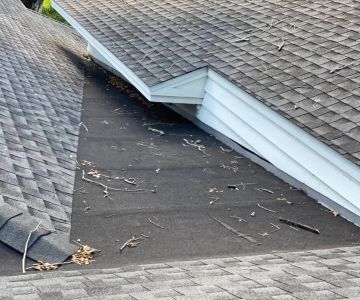
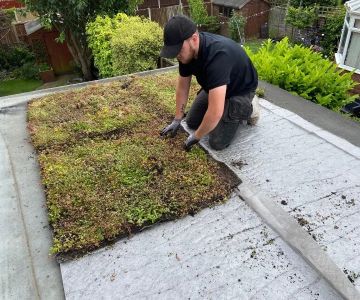
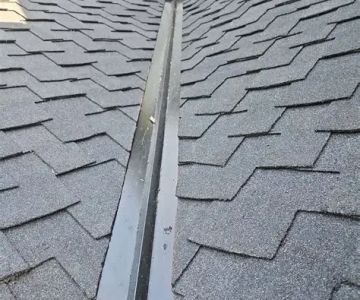
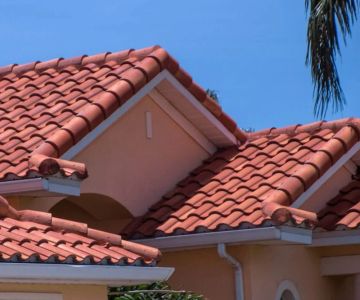
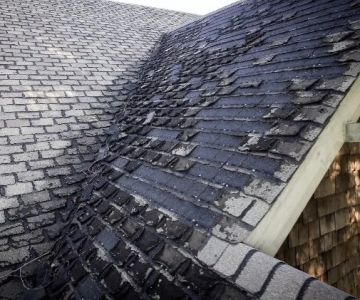

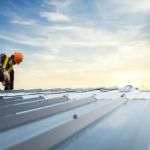 Ortega Brothers Roofing & Remodeling4.0 (38 reviews)
Ortega Brothers Roofing & Remodeling4.0 (38 reviews) MBH Roofing and Waterproofing5.0 (5 reviews)
MBH Roofing and Waterproofing5.0 (5 reviews) All Exteriors4.0 (13 reviews)
All Exteriors4.0 (13 reviews) AM PM Roofing4.0 (63 reviews)
AM PM Roofing4.0 (63 reviews) Ugly Roof Doctor LLC, Roof Cleaning, Repair and Replacement4.0 (6 reviews)
Ugly Roof Doctor LLC, Roof Cleaning, Repair and Replacement4.0 (6 reviews)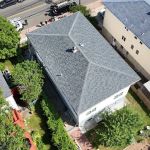 Dream Home Roofing4.0 (321 reviews)
Dream Home Roofing4.0 (321 reviews)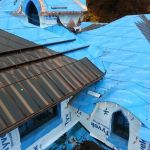 How to Install Roof Ice and Water Shield on Complex Roof Details
How to Install Roof Ice and Water Shield on Complex Roof Details How to Choose a Roofing Material for a Building with a Green Roof System
How to Choose a Roofing Material for a Building with a Green Roof System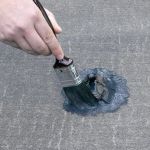 How to Repair a Roof Leak from a Rooftop Water Feature or Pond
How to Repair a Roof Leak from a Rooftop Water Feature or Pond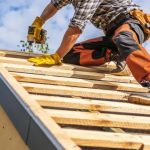 How to Choose a Roofing Contractor with Good Reviews and BBB Rating
How to Choose a Roofing Contractor with Good Reviews and BBB Rating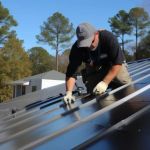 How to Choose a Roofing Material for a Building in a Noise-Sensitive Area
How to Choose a Roofing Material for a Building in a Noise-Sensitive Area How to Install Roof Ice Melt Systems to Prevent Ice Dams
How to Install Roof Ice Melt Systems to Prevent Ice Dams